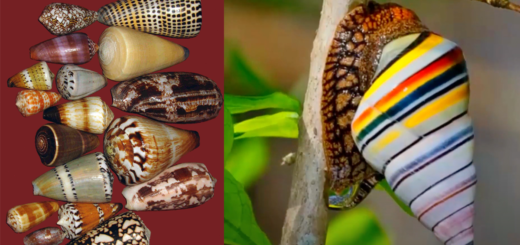Quinoa Nutrition Facts – 39 Interesting Nutrition Facts About Quinoa
Nutrition Facts of Quinoa
Quinoa seed flour can be mixed with cereal flour to enrich the overall protein composition and compensate any deficiency of amino acid in grain.
Ancient Andeans prepared a variety of dishes with quinoa seeds and it includes porridge, soup, bread, buns and non alcoholic cold drinks.
The flour can be used as a starting stock to make bread, bun, cake, pasta, noodles, cookie, biscuits, etc.
The tender shoots and inflorescence are excellent leafy vegetables and makes good salads, stews and soups either alone or used in conjunction with amaranth, spinach, and beet leaves.
Quinoa oil is much used as dressing and as cooking medium in place of rice bran or corn oils.
The outer covering of the quinoa seed is saponin a triterpenoid compound which protects the grain from insects and birds because of its bitter taste. If consumed by humans it can lead to stomach pain, flatulence and diarrhea
Quinoa is very low in fats and one cup of cooked seeds contains just 3.4 gm of fat as compared to 185 grams cooked lean ground beef which contains 33 grams of fat
A research article in the Journal of the Science of Food and Agriculture, 2009 noted that high levels of phytohormones are found in quinoa. Phytohormones are being studied for its use in menopausal syndrome in place of estrogens.







